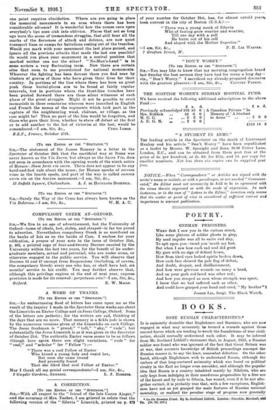• 10th Bain. Royal Inniskilling Fusiliers (Tyrone Volunteers). 7th Batn.
Royal Irish Fusiliers (Armagh Volunteers).
111th- Batn. Royal Inniskilling Fusiliers (Donegal end Fennanagh
Volunteers).
9th Bata. Royal Inniskilling Fusiliers (Derry Volunteers). one point requires elucidation. Where are you going to place the -memorial monuments in an area where there has been considerable advance? It is wonderful how the names once upon everybody's lips soon sink into oblivion. Places that not so long ago were the scene of tremendous struggles, that still bear all the marks of the fierceness of attack and defence, are now quiet transport lines or camps for battalions resting out of the trenches. Would you mark with your monument the last place gained, and ignore all the previous attacks that made the last one possible? Or would you place your monument in a central position that marked neither one nor the other? " No-,Man's-Land " is in some sectors a very fluctuating term. Now there are certain sites that seem to me preordained for national monuments. Wherever the fighting has been fiercest there you find near by clusters of graves of those who have given their lives for their country. In portions of the line where there has been no great push these burial-places are to be found at fairly regular intervals, but in portions where the front-line trenches have been pushed forward there are these silent witnesses of each phase of the great struggle. Might it not be possible to erect memorials in these cemeteries whereon were inscribed in English and French the names of the regiments which took part in the capture of the neighbouring wood, chateau, or village, as the case might be? Then no part of the line would be forgotten, and those who gave their lives, whether to stave off defeat at the first or to add another to the list of victories at the last, would be















































 Previous page
Previous page